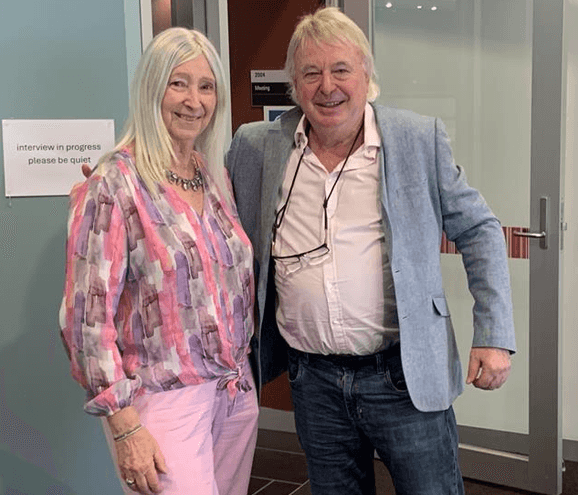
Health
Professor Janet Polivy visits InsideOut
6 Feb, 2025
We were honoured to welcome Professor Janet Polivy from the University of Toronto to discuss the development of a deep and comprehensive assessment tool for Anorexia Nervosa with InsideOut staff.
Professor Polivy, who was instrumental to the development and validation of the Eating Disorder Inventory (EDI) first used in 1982 and a close associate of InsideOut Director, Professor Stephen Touyz, led a discussion about what an assessment tool for Anorexia Nervosa might look like in the future.
Describing her training and subsequent approach as broad and eclectic, Professor Polivy acknowledged that the pathway to recovery is different for each individual with an eating disorder and any new assessment tool needs to take this into consideration.
Professor Polivy acknowledged that the EDI’s reliance on body image and dieting behaviour limits its relevance for the individual needs of many patients with Anorexia Nervosa, and doesn’t take into account the different subtypes of the illness that have been identified.
“There is not one Anorexia Nervosa. There are at least two subtypes, and a future instrument would need to acknowledge this," she said.
“A new scale needs to ask what you want to know about the patient and how do you help them to move toward recovery. What are the pathways you are looking for and how can you classify them to help the patient?”
Replying to Professor Touyz’s question on how our knowledge of Anorexia Nervosa has evolved over the past five decades, Professor Polivy referred to the important role medical technology has played in our knowledge about the brain.
“We now know how the brain works. We can measure what goes on inside the mind,” she said. “But what I have learnt is not to see anything as THE answer. It’s important to look at the needs of the individual.”
“Therapy has to be designed to treat the patient, not the illness.”